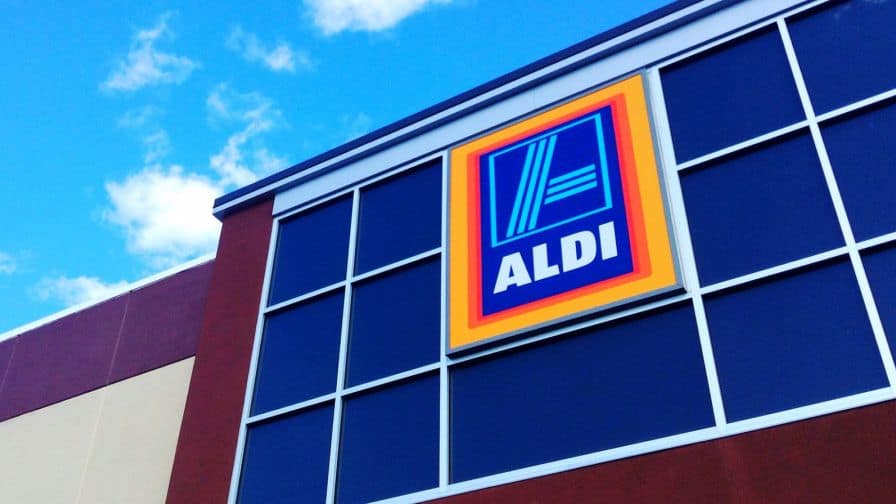Each year supermarkets invest millions of marketing budget on capturing consumer spending in the run up to and during Christmas. This year, Sainsbury’s in particular pulled out all of the stops with its “Mog the Cat” advertising campaign. Research shows that the investment has paid off as research by internet performance company, Dyn found that the Sainsbury’s ad is the most popular Christmas advert this year, as voted for by UK consumers.
However, assigning huge budgets to Christmas adverts is a waste of time if supermarkets fail to deliver the same experience, creativity and quality across all marketing and communications channels.
One area that the UK’s leading supermarkets should pay particular attention to is engaging with customer via email. In a study carried out by Mailjet’s marketing experts, which analysed emails sent by the top seven supermarket chains during November, the experts scored the emails according to a range of metrics including design best practices, personalisation, subject line, cross-channel marketing and the creativity of the content. It was found that the supermarkets are missing out on a huge opportunity to engage directly with customers. The winner, Waitrose, scored only 14.1 out of a possible 22, with the lowest ranking retailer, Aldi, scoring a disappointing 4.58.
Looking to the leaders
The findings suggest the need for bricks and mortar retailers to look to the digital-first e-commerce players for inspiration. These companies are leading the way in delivering the highest standard of creative email marketing. For example, the e-commerce giant Amazon is an obvious leader in this space. The company’s use of personalised response to buying suggestions is said to generate an additional 10% to 30% in revenue for the business, according to econsultancy – a revenue driver that UK supermarkets are currently missing out on.
Despite the low scoring as a whole, Waitrose did stand out as the leader due to its use of personalisation, clearly linked to the recent launch of the MyWaitrose loyalty programme which allows customers to pick their own offers personalised to their preferences and shopping habit. Compared with the seven competitors, Waitrose stormed ahead – with Asda, Sainsbury’s and Aldi scoring zero for no use of personalisation whatsoever. As well as content based on the recipient’s previous purchases, Waitrose should be commended for its use of location-based content, with specific deals on the local store frequently visited by the recipient sent via email, helping to link the online and offline experience.
Starting from the bottom
There is still a long way for Waitrose and the other retailers to go. All retailers should be considering tailoring the time and day that an email is sent to a customer, based on classifying customers into different behavioural groups. Further to this, retailers should be focused on personalising recommendations and offers to customers, through segmentation, customer trends, buying behaviour, and seasonal and geographical events.
With over a half of all email opens coming from mobile, according to Experian, it’s imperative that retailers consider mobile responsive email design – shockingly, the Mailjet research showed that none of the supermarkets analysed sent fully responsive emails. With mobile, marketers also need to consider the viewing experience as well as the location and context of each recipient without spamming them with streams of one-size-fits-all messages.
What’s clear is that in the supermarket email wars, Waitrose stands out as a clear winner. The retailer showed great use of subject lines, using certain ‘power words’, verbs and using the optimal amount of characters, all of which are known to increase open rates. All is not rosy however, as the research is evidence that there’s still plenty of room for improvement across the board. Britain’s leading supermarkets are missing out on a huge opportunity. By further embracing responsive email design, increased personalisation and a more concise and focused call-to-action strategy, the country’s leading supermarkets can capture the minds, hearts and pockets of the British public.

